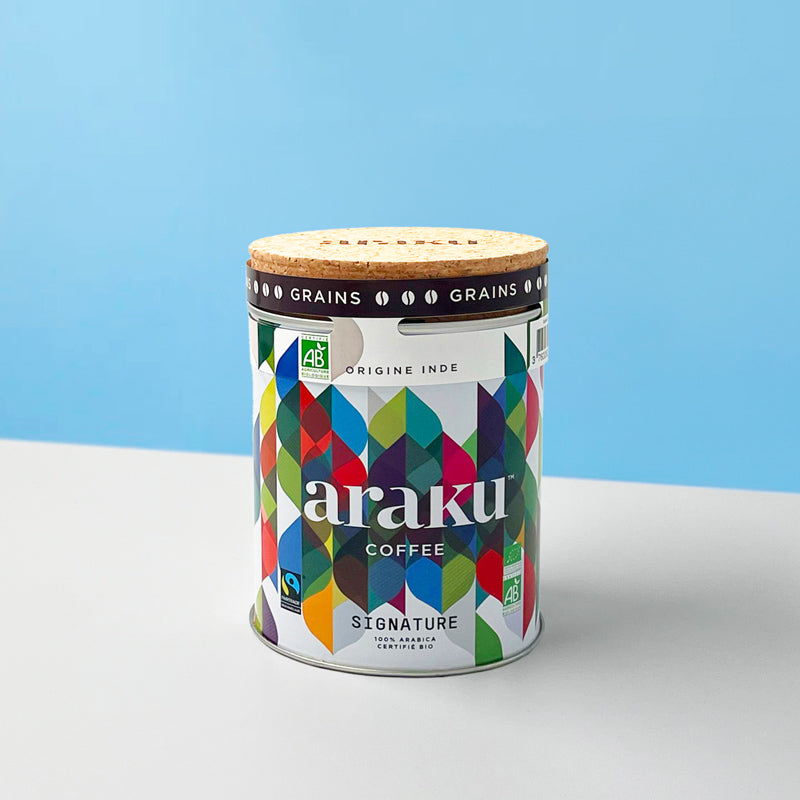Choosing your tamper
Most espresso machines are sold with a tamper. But it is often difficult to grip and made of poor quality plastic. Although it is still possible to tamp with it, we strongly recommend upgrading to a real tamper. You can find some at quite reasonable prices. Tamping is a daily task, so it's best to choose a tamper that will make the experience enjoyable.
The first step in choosing a tamper is making sure it fits the diameter of your portafilter. Professional machines use 58mm portafilters but domestic machines tend to use 51mm or 54mm portafilters instead. For the Delonghi Dedica , you will need a 51mm tamper. For the ROK GC you will need a 49.7mm tamper.
The second step is choosing the shape of the base. There are two main options to choose from, the flat base and the convex base. We recommend choosing a flat base for your tamper. It has proven to result in more homogeneous extractions than a convex base.
A certain type of tamper is particularly trendy at the moment: self-leveling piston tampers. If the self-leveling option is a really interesting innovation to ensure a perfectly falt tamp, the pistons set at a fixed pressure not quite as useful. Contrary to what you may find online, there is no "ideal pressure" for tamping. These new tampers are often very expensive compared to traditional tampers. We advise you to purchase these tampers only if you think you have a recurring problem with the leveling of your tamp (meaning your tamp often results in a crooked puck).
When it comes to materials, we very highly recommend a stainless steel base . For the handle, it is mostly about comfort and aesthetics. Choose a handle that you will enjoy looking at and that seems comfortable to use every morning.
Tamping your espresso in 6 steps
Once you have decided on a tamper, it’s time to put it to work!
Step #1: Make sure you are using freshly ground coffee, that is ground fine enough for espresso.
Step #2: Measure the exact amount of coffee needed for your espresso (in grams).
Step #3: Evenly distribute the grinds in the filter holder. To do this, tap on the sides of the portafilter gently to distribute the ground coffee.
Step #4: Place the tamper on the coffee, ensuring it is horizontal. A horizontal and homogeneous tamping is key to a delicious espresso.
Step #5: Apply even downwards pressure. Keep in mind that there is no right pressure to hit and you can never tamp too hard. Tamp until you feel that the ground coffee is no longer compressing.
Step #6: Remove the tamper. After tamping, do not tap the portafilter, this could damage the integrity of the coffee puck.
Follow these steps for a flawless and uniform extraction! Finally, all that remains is to clean your equipment after use .

















